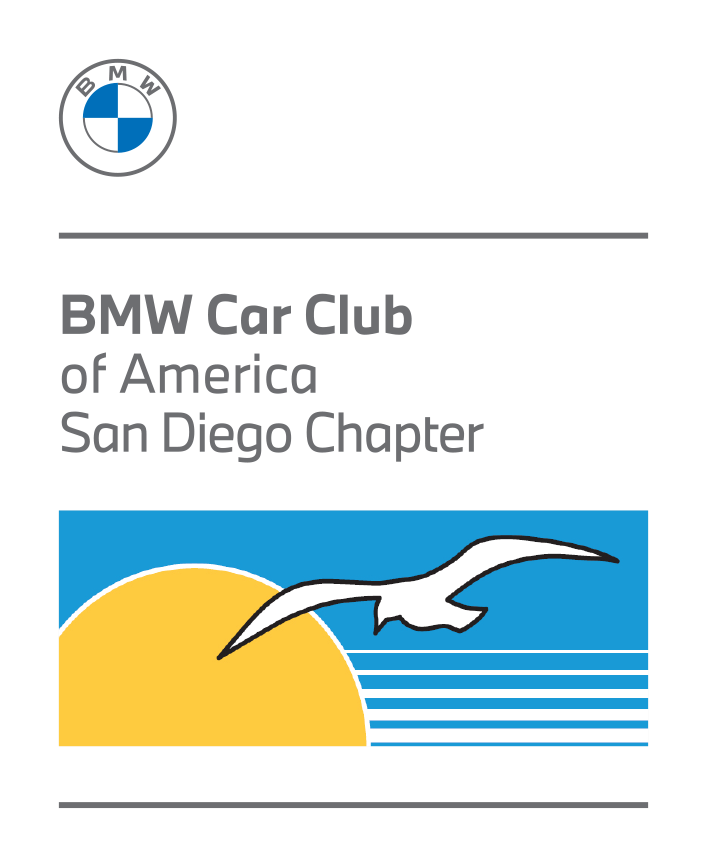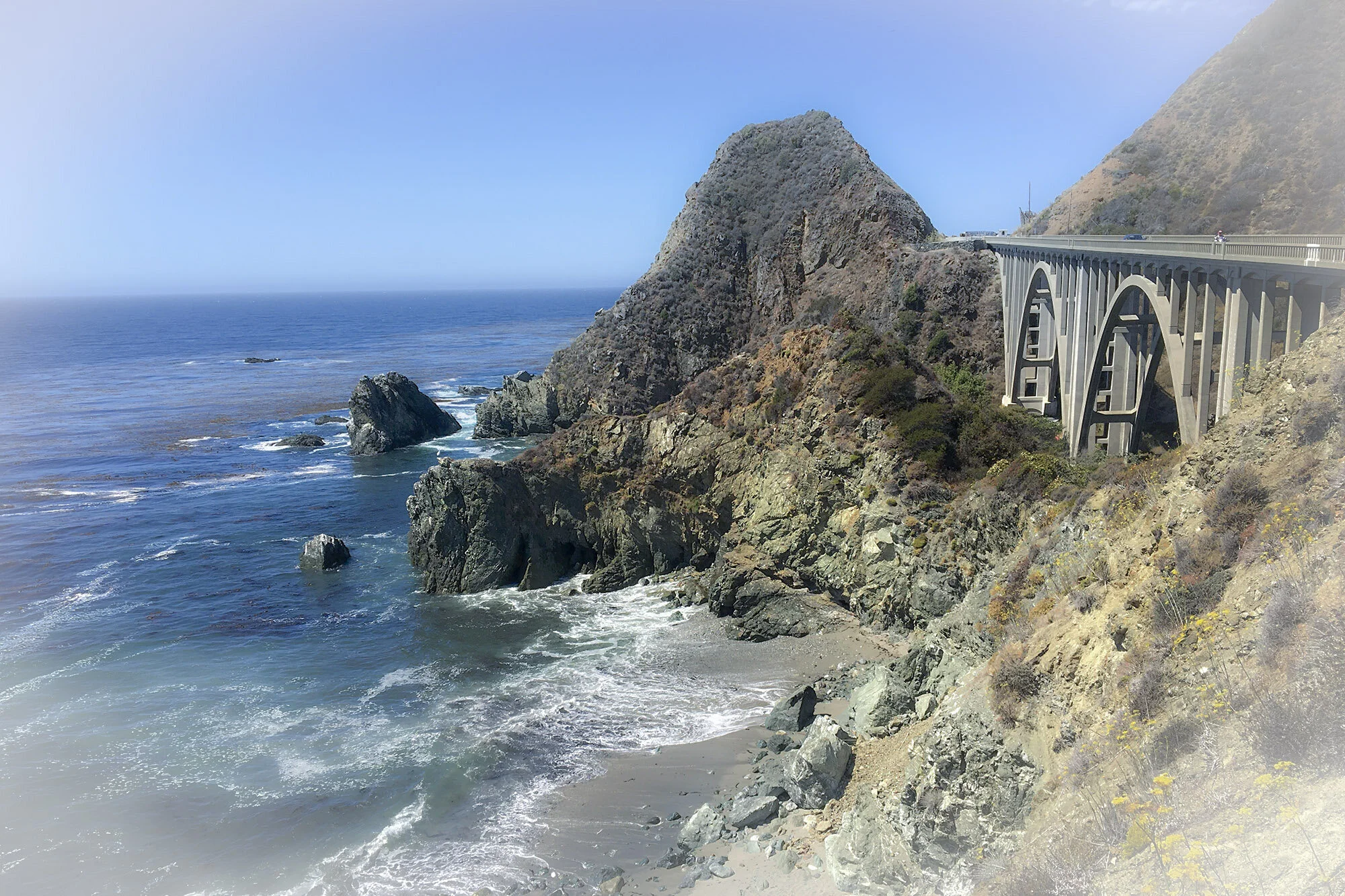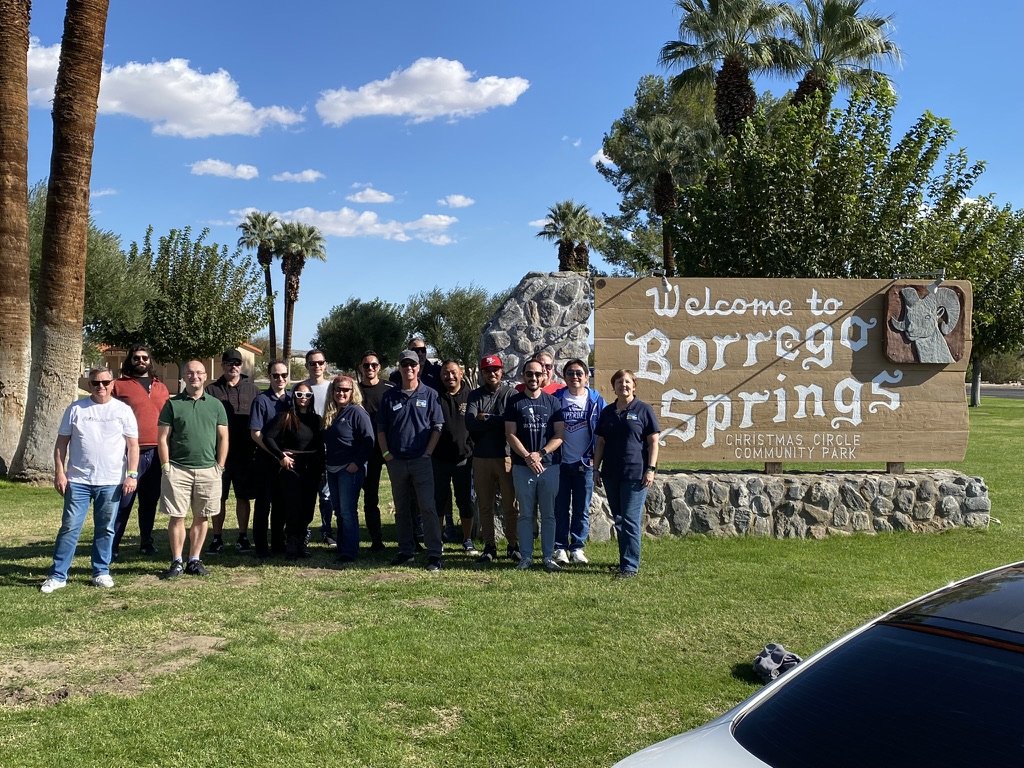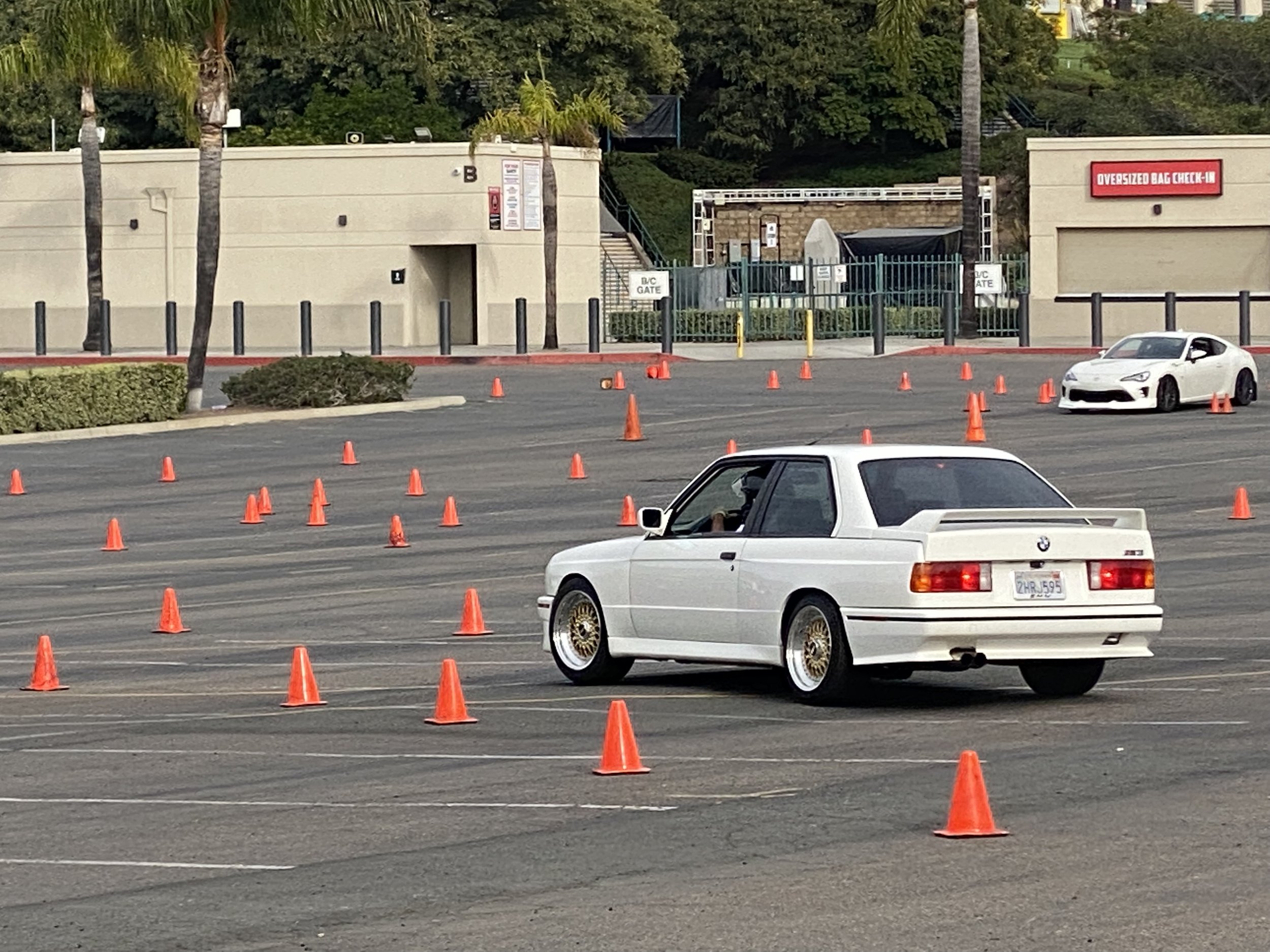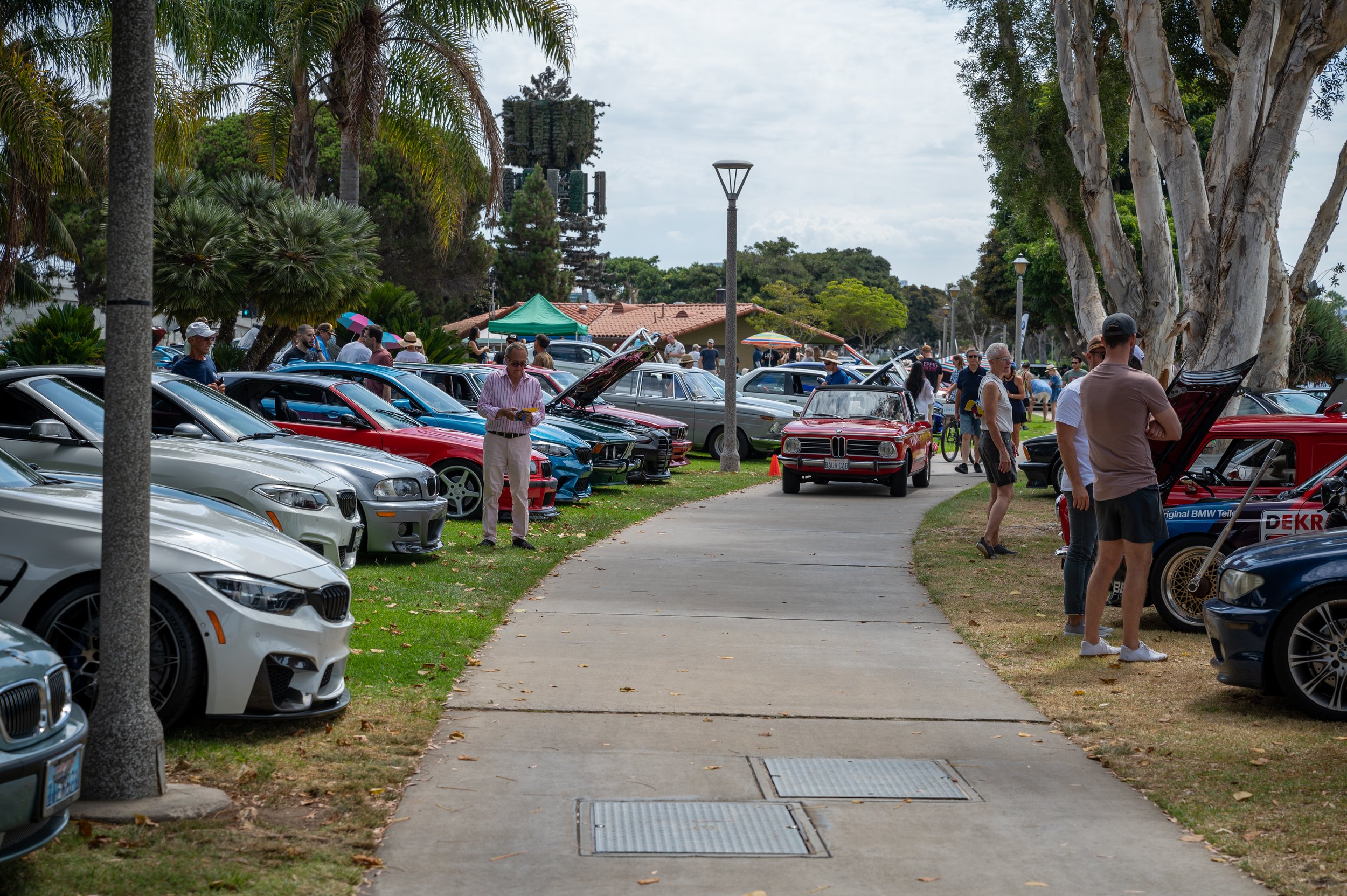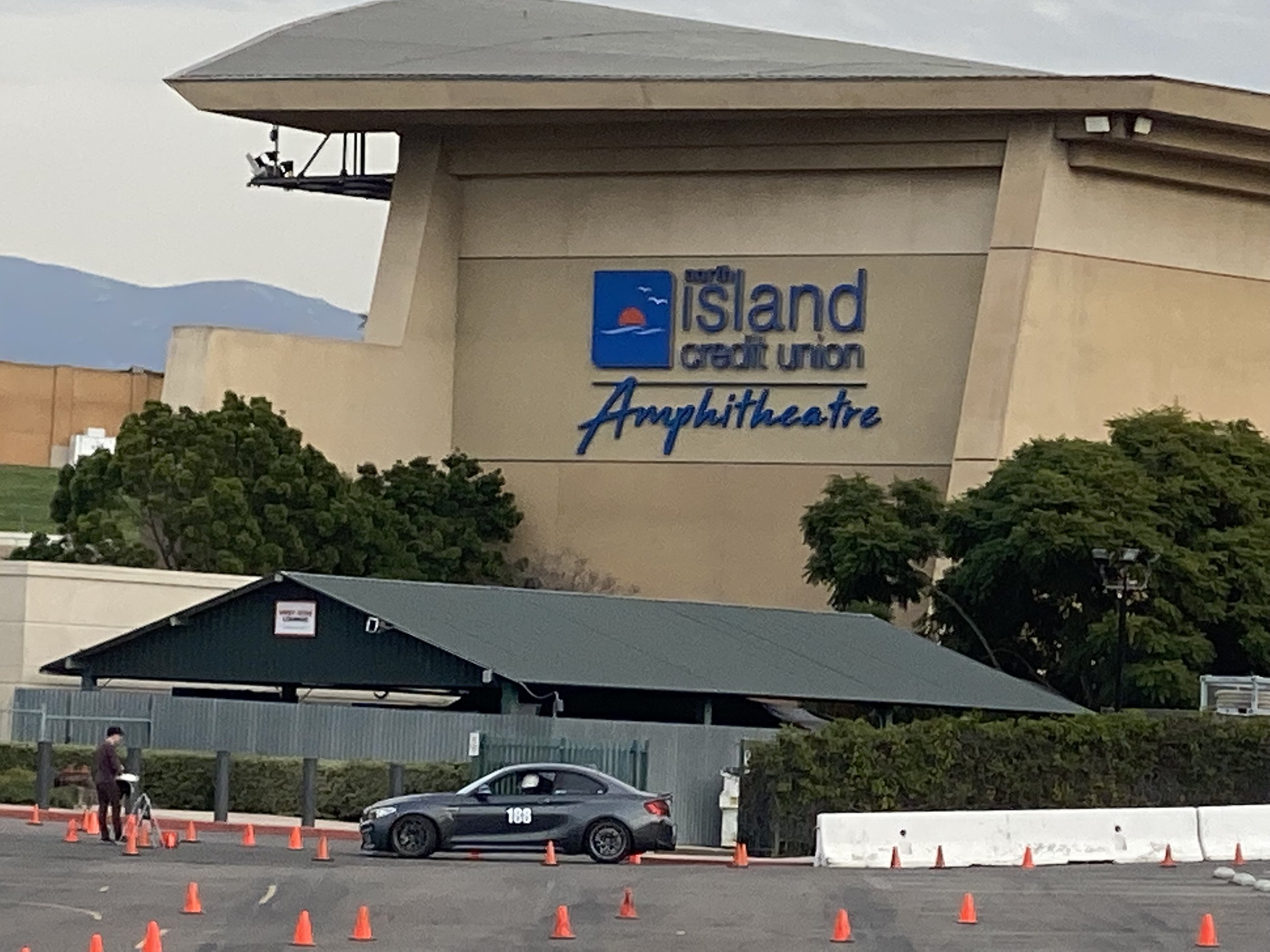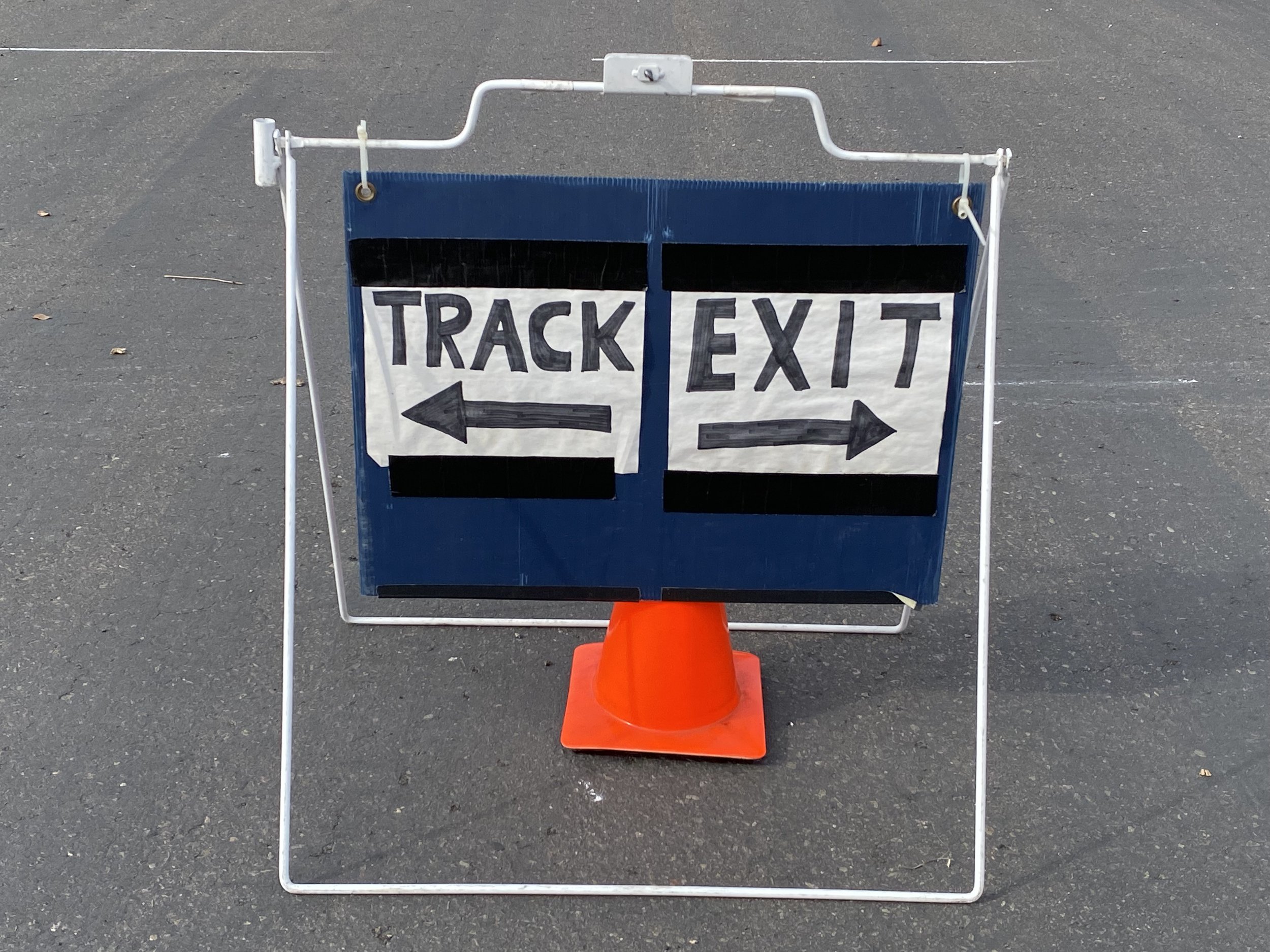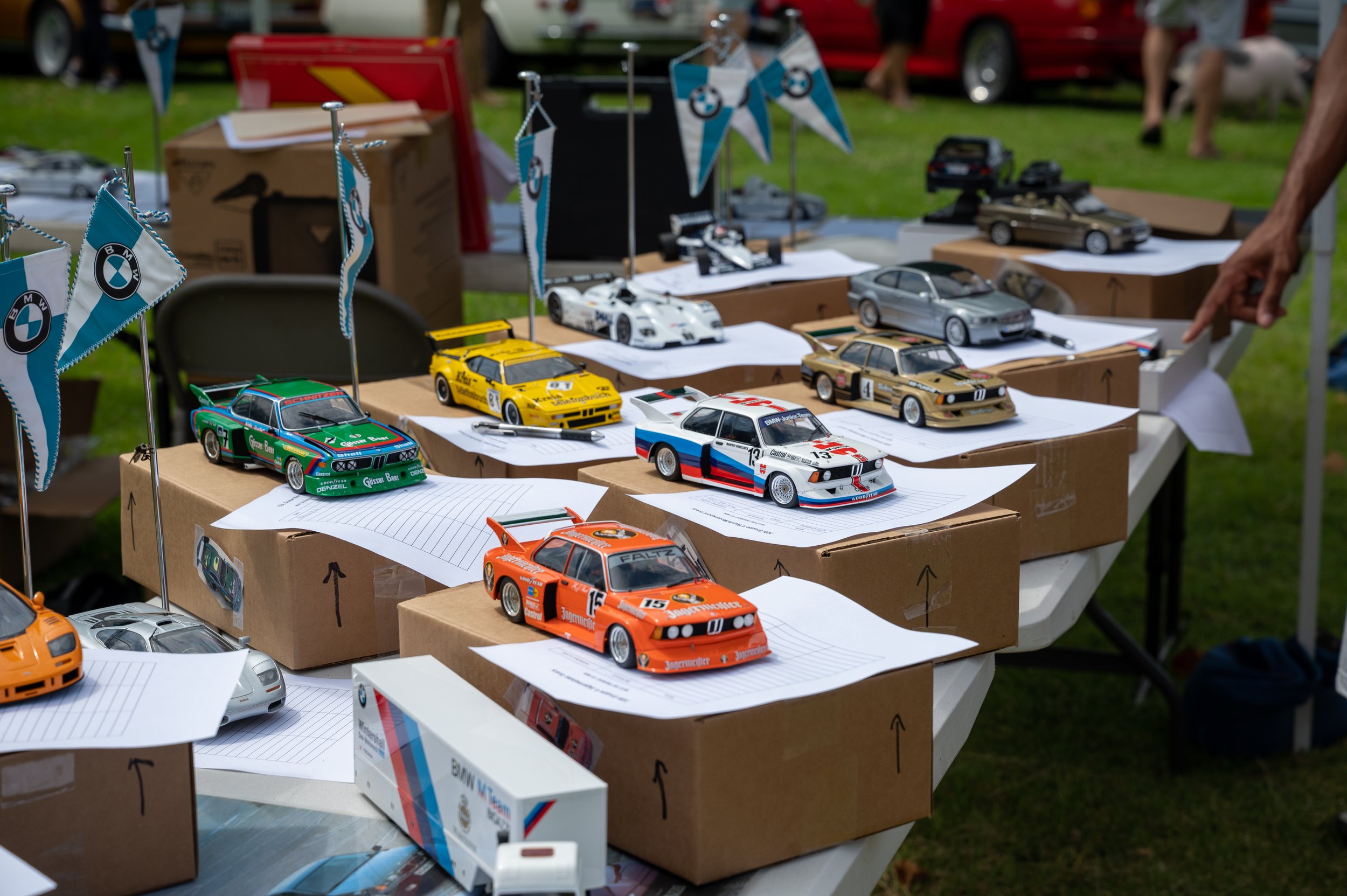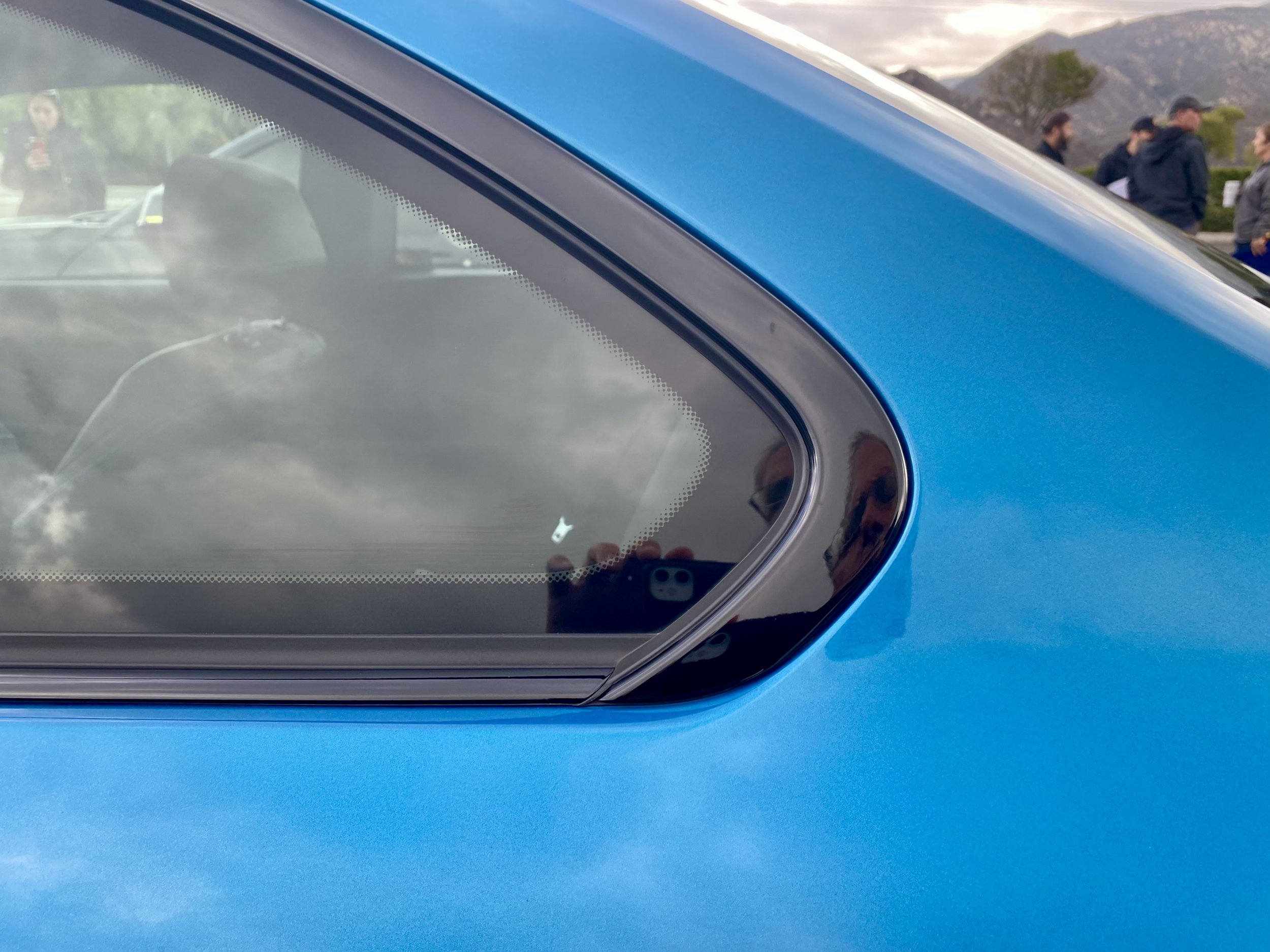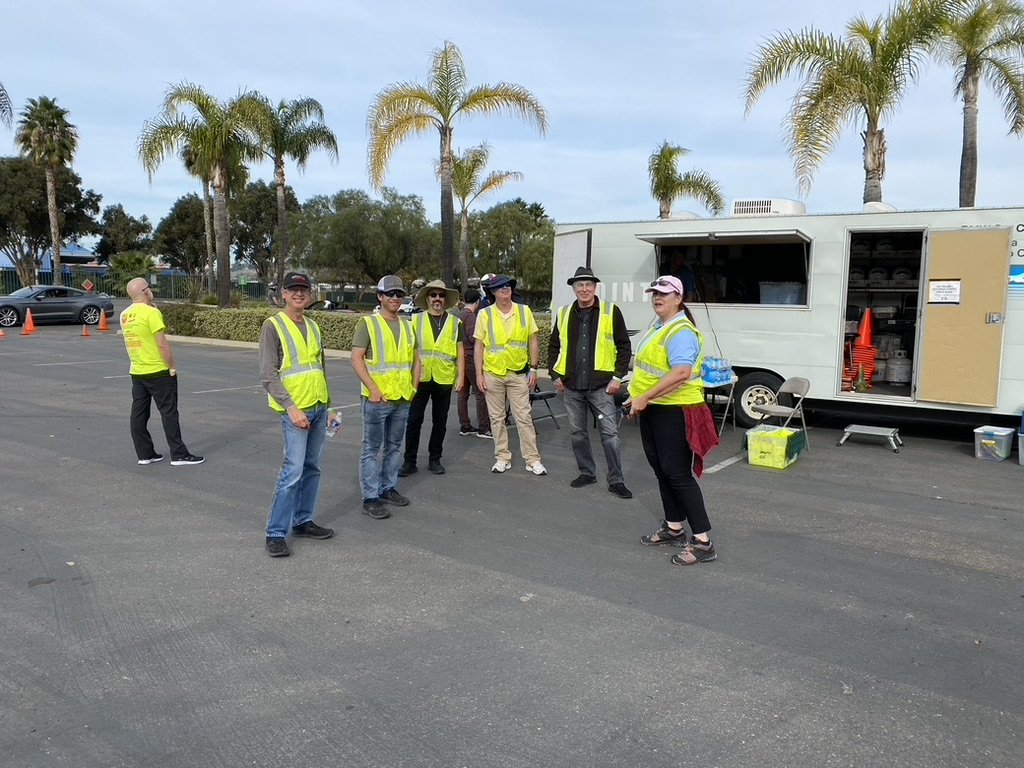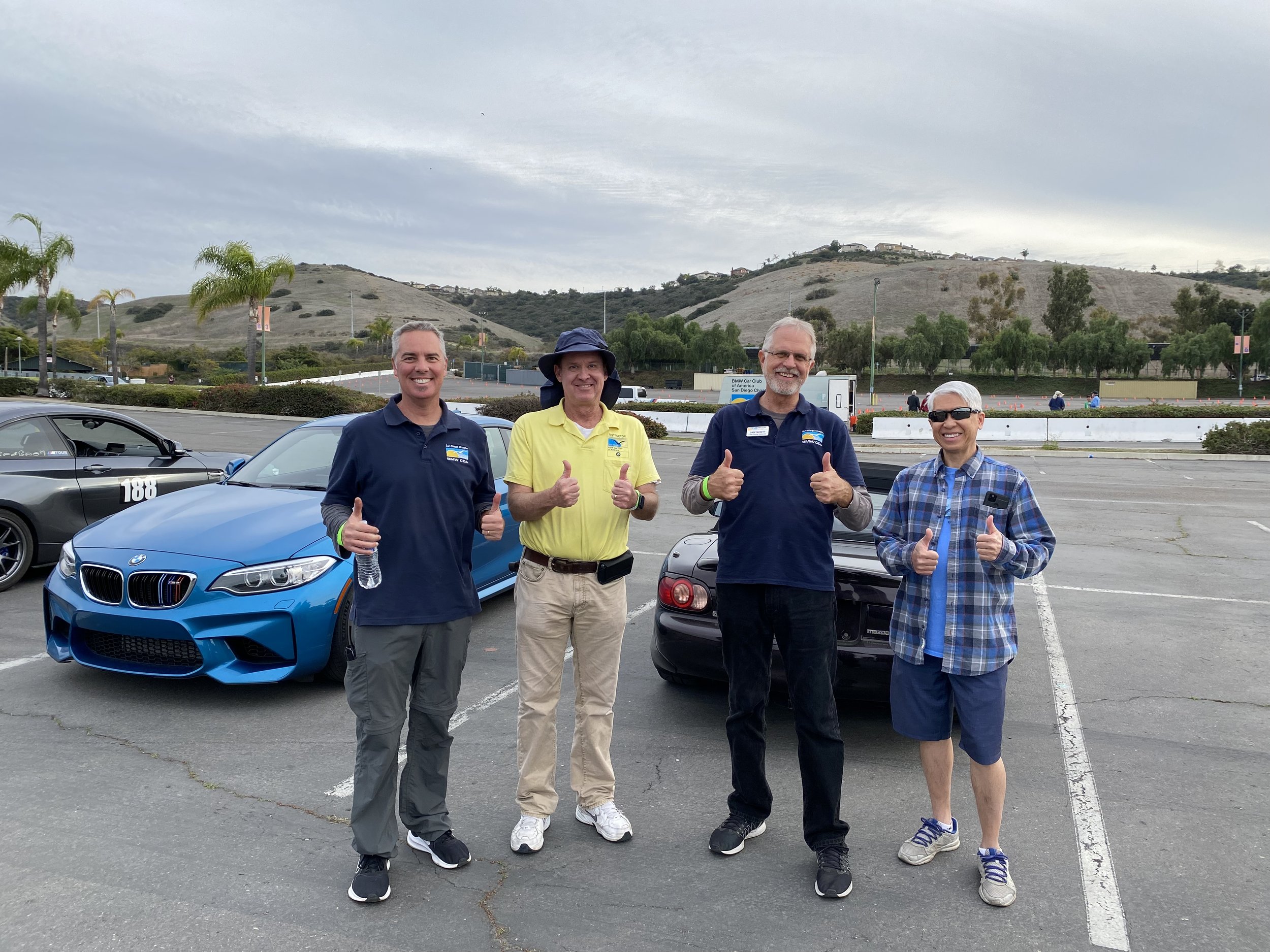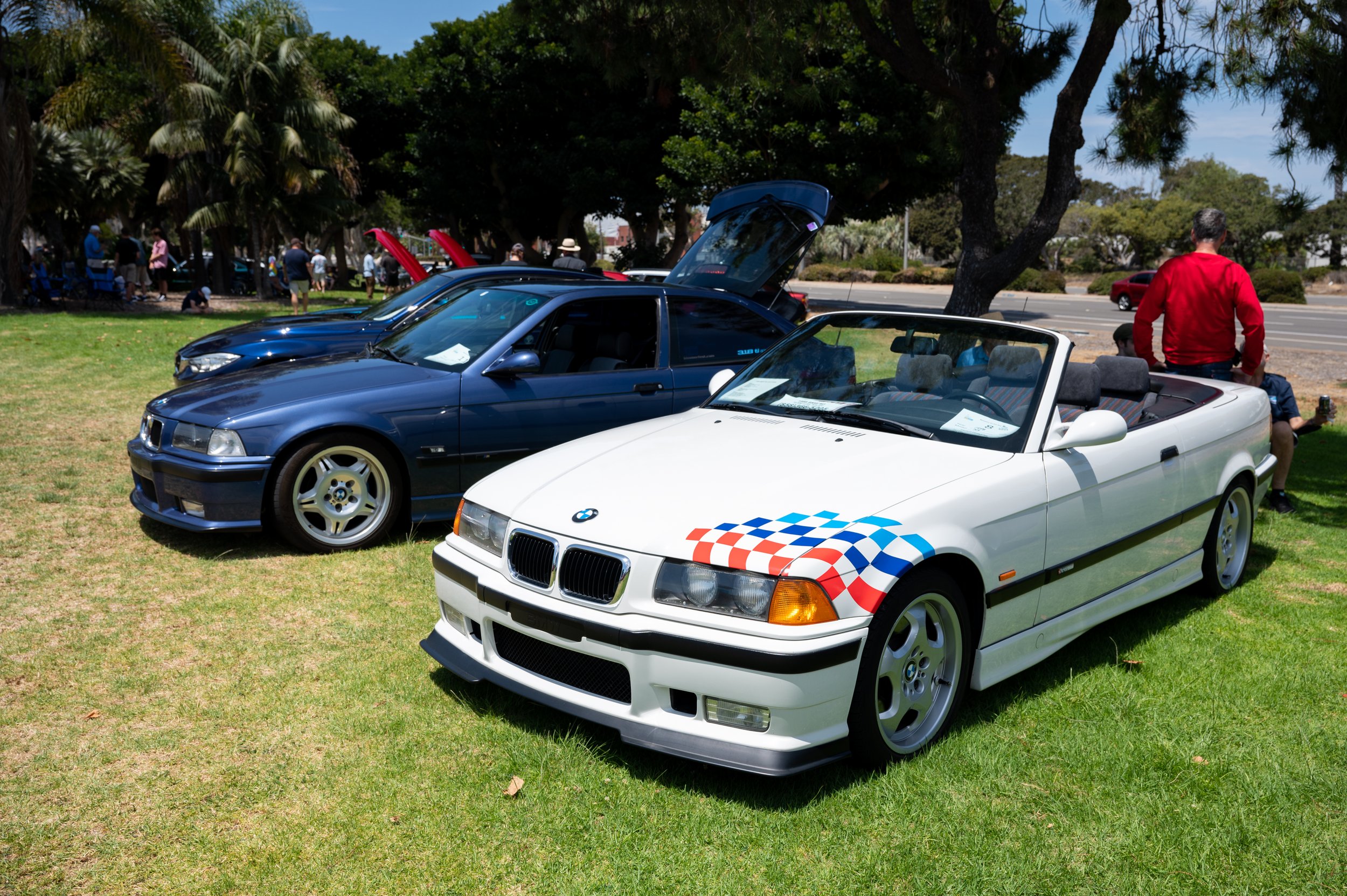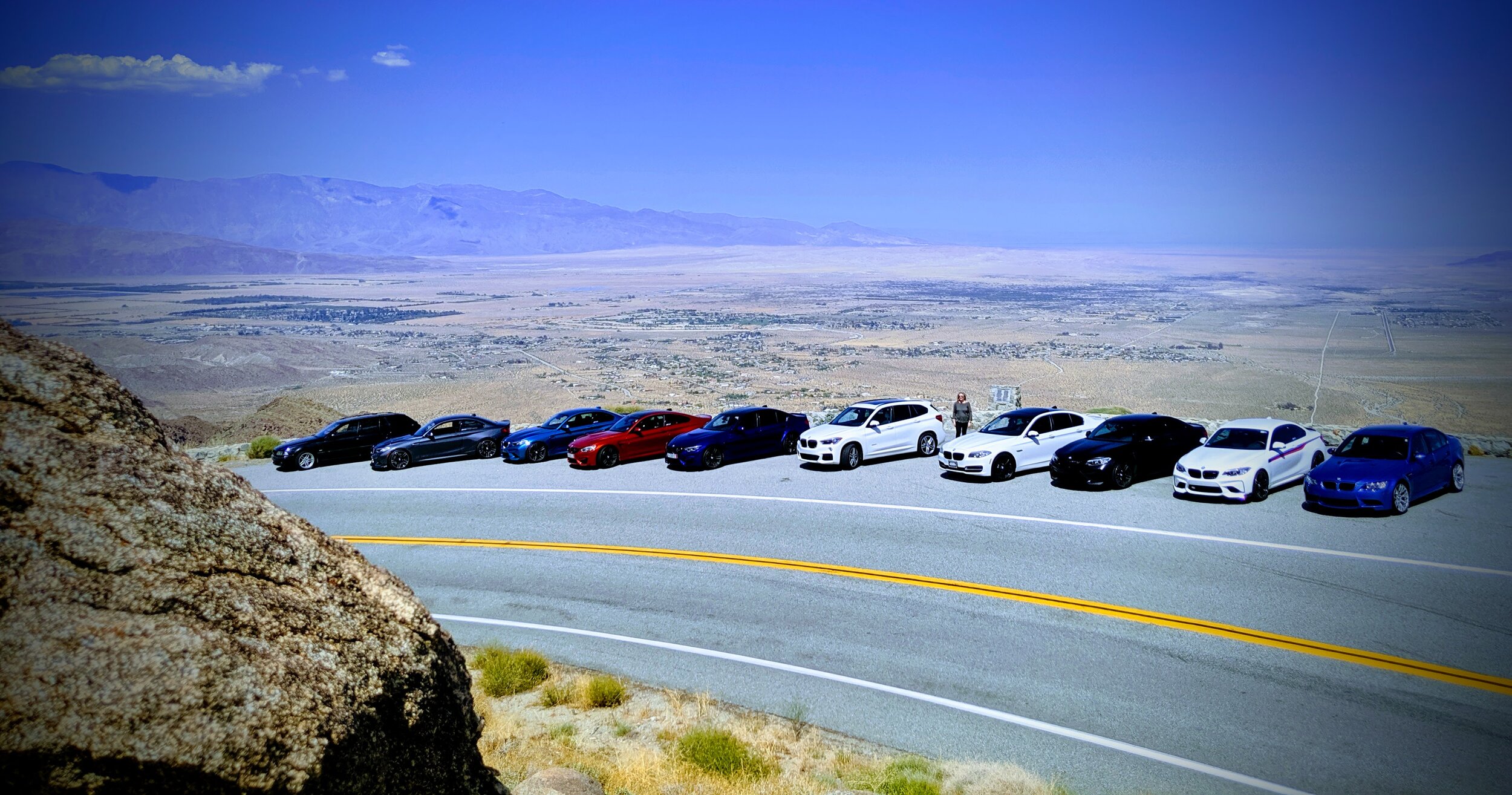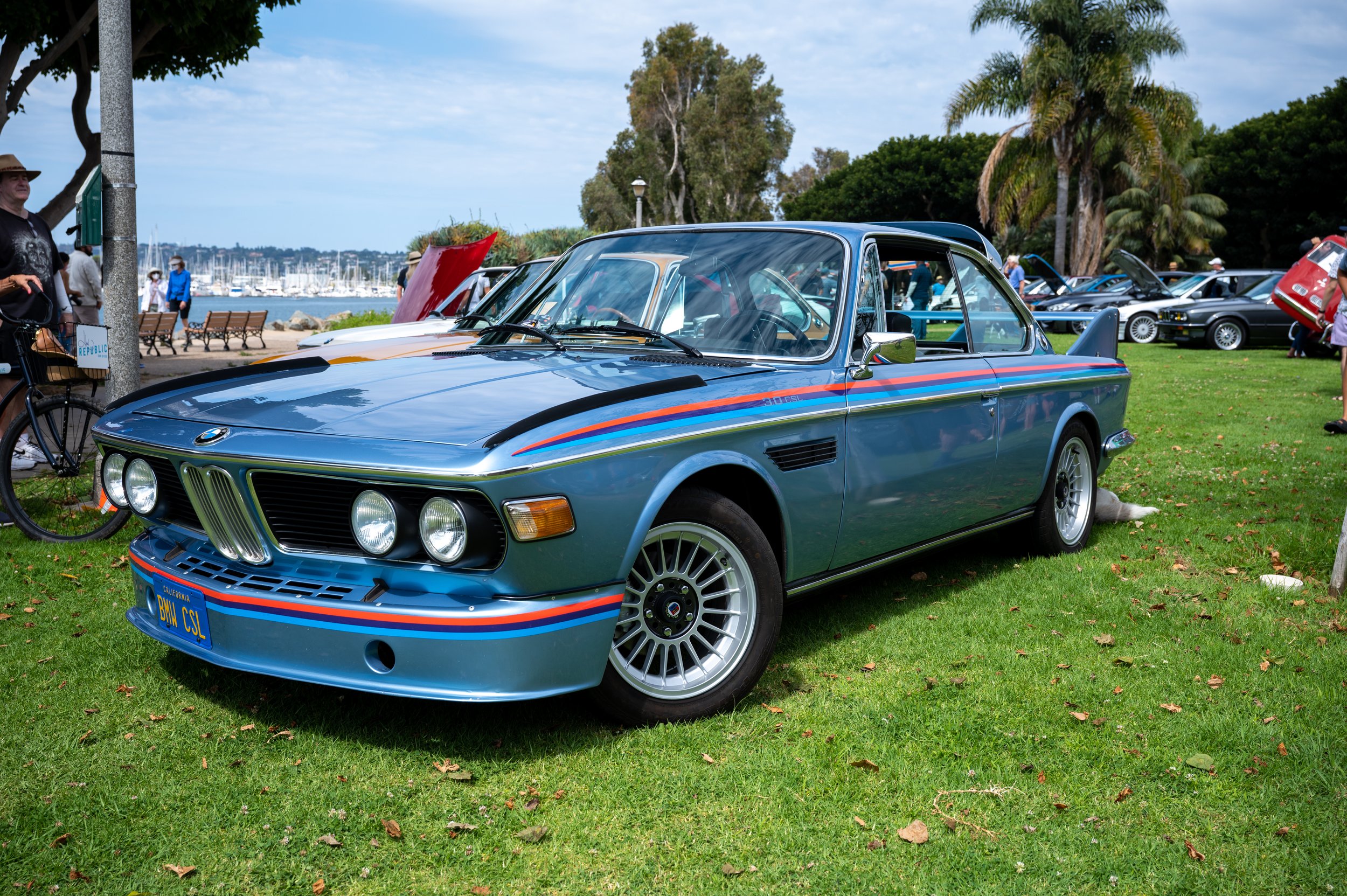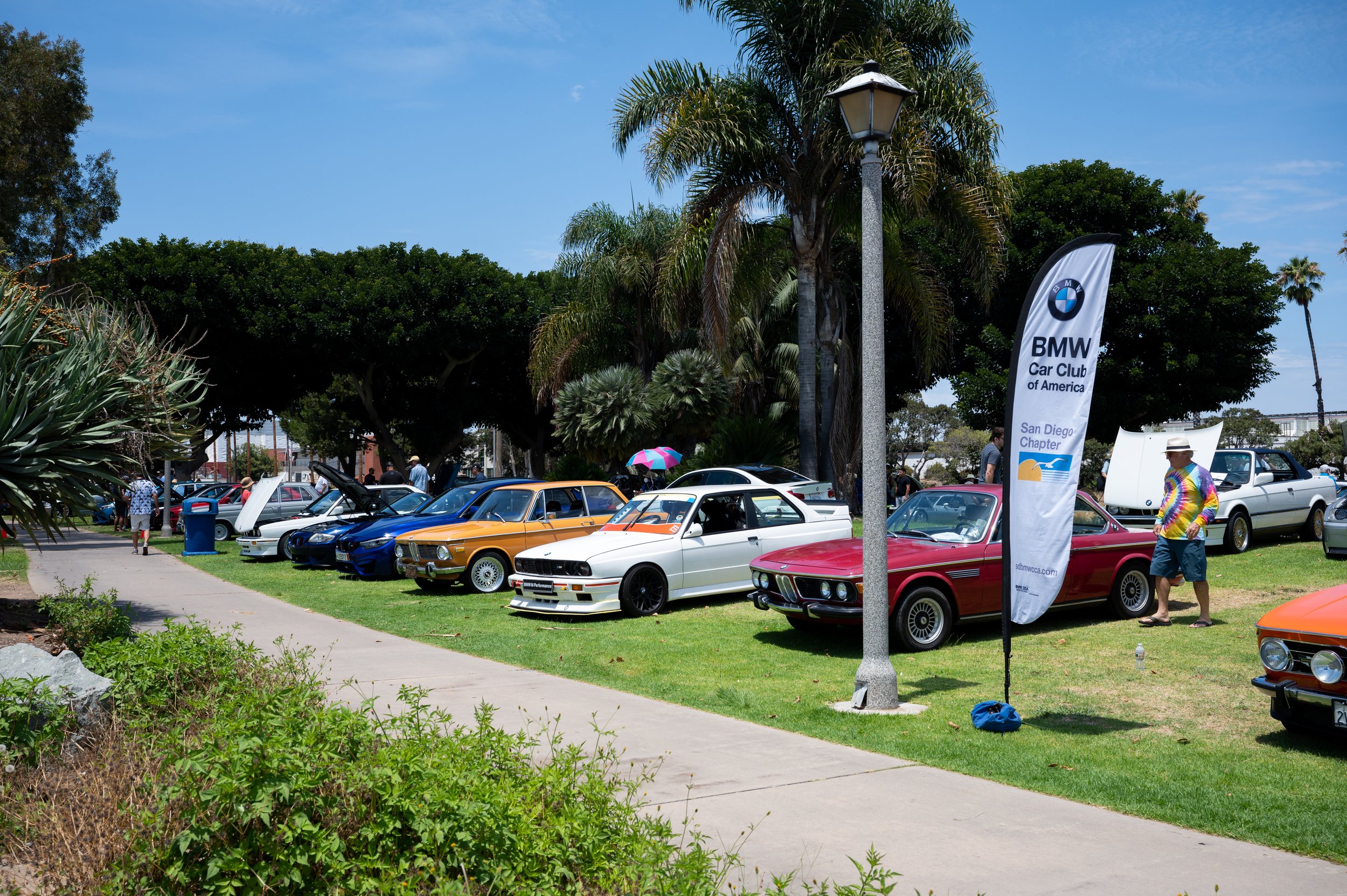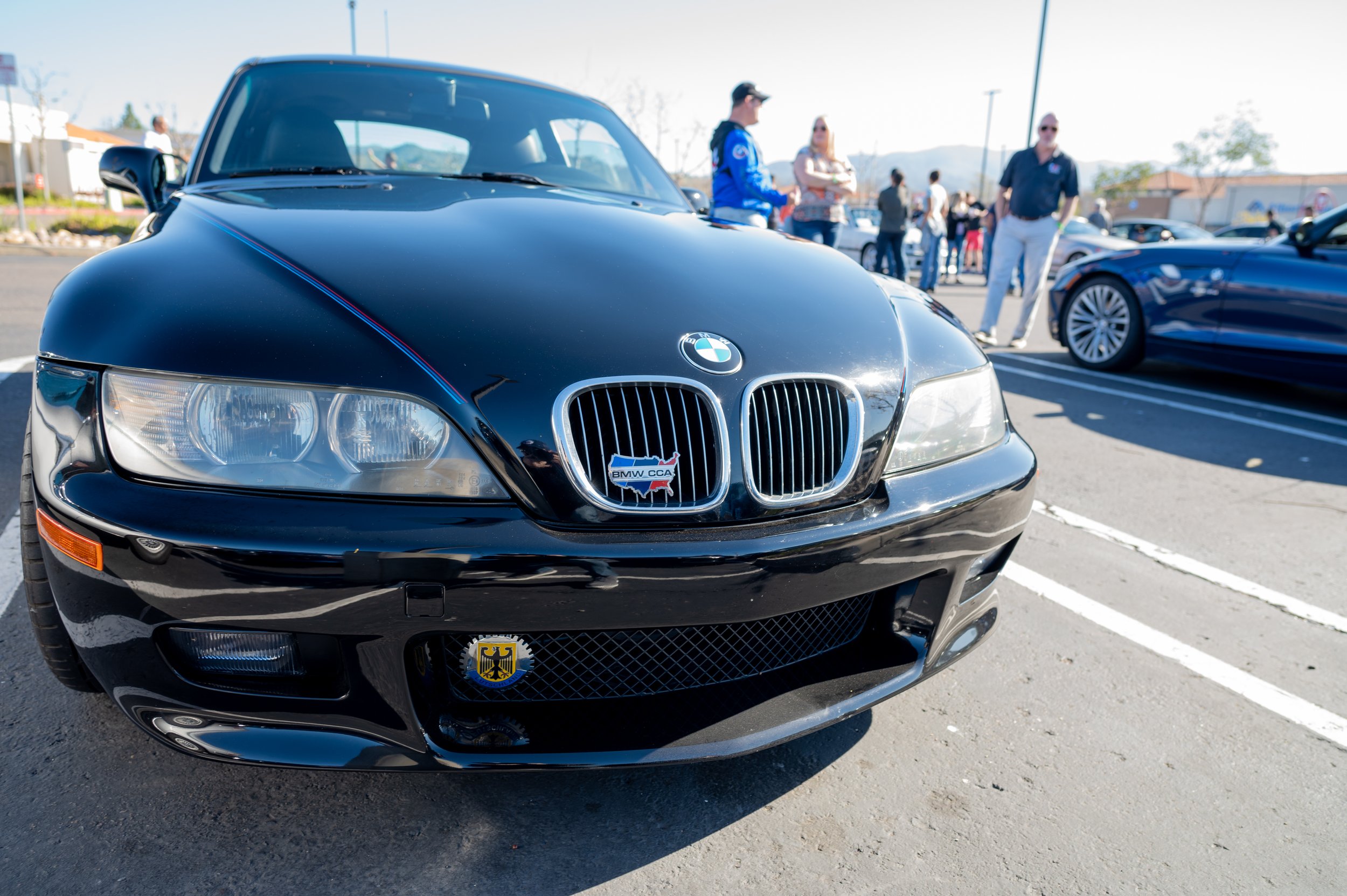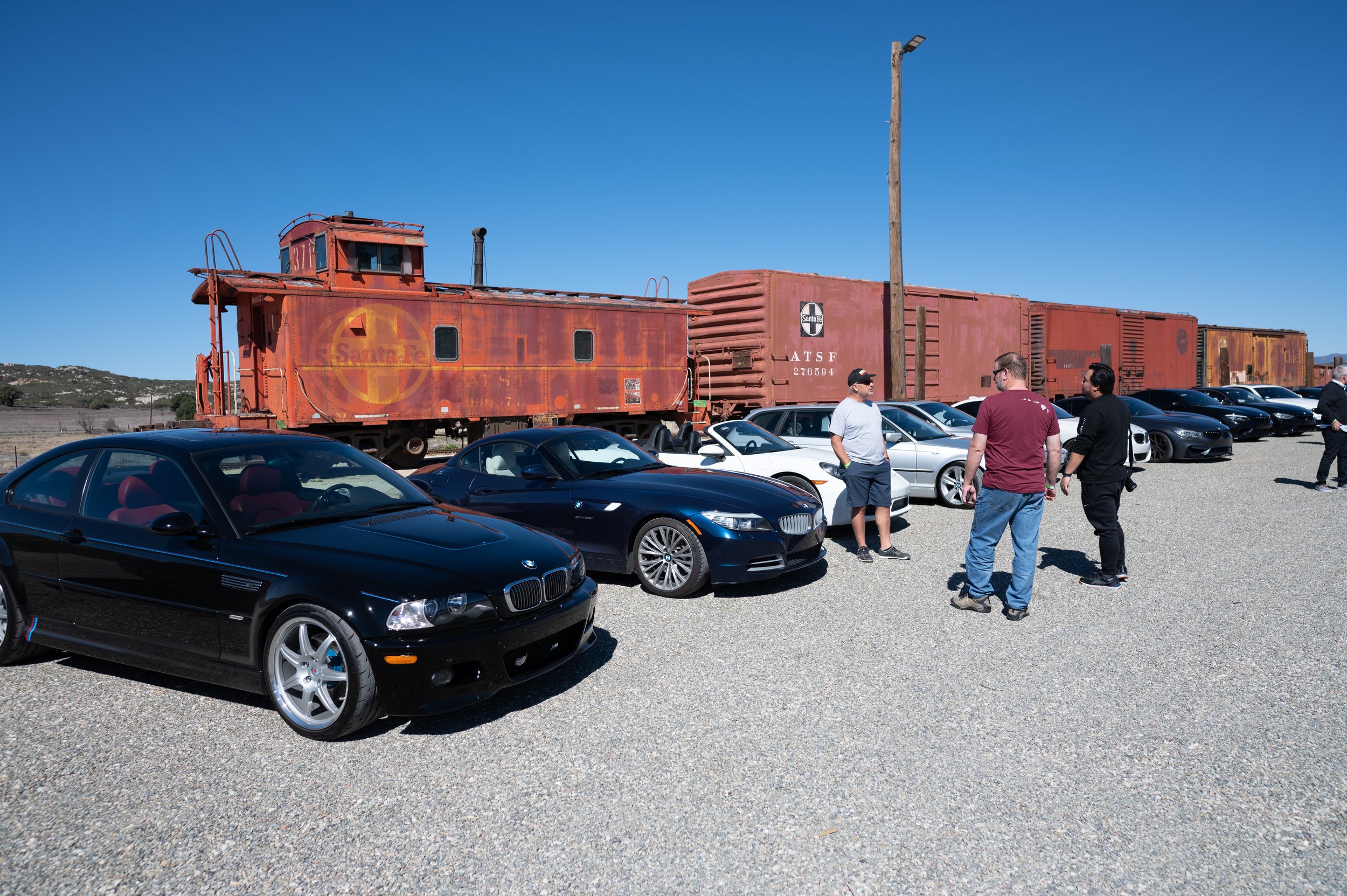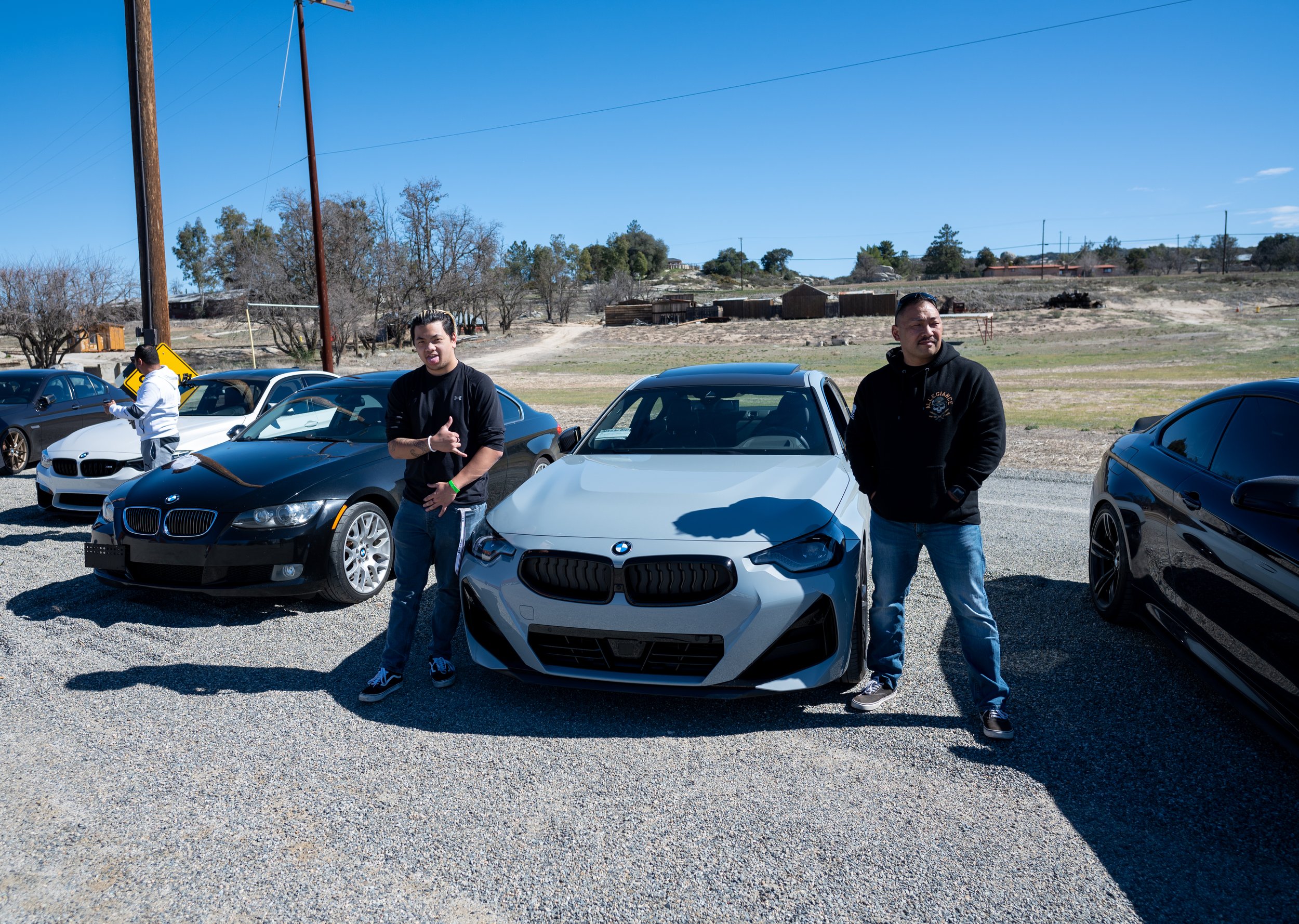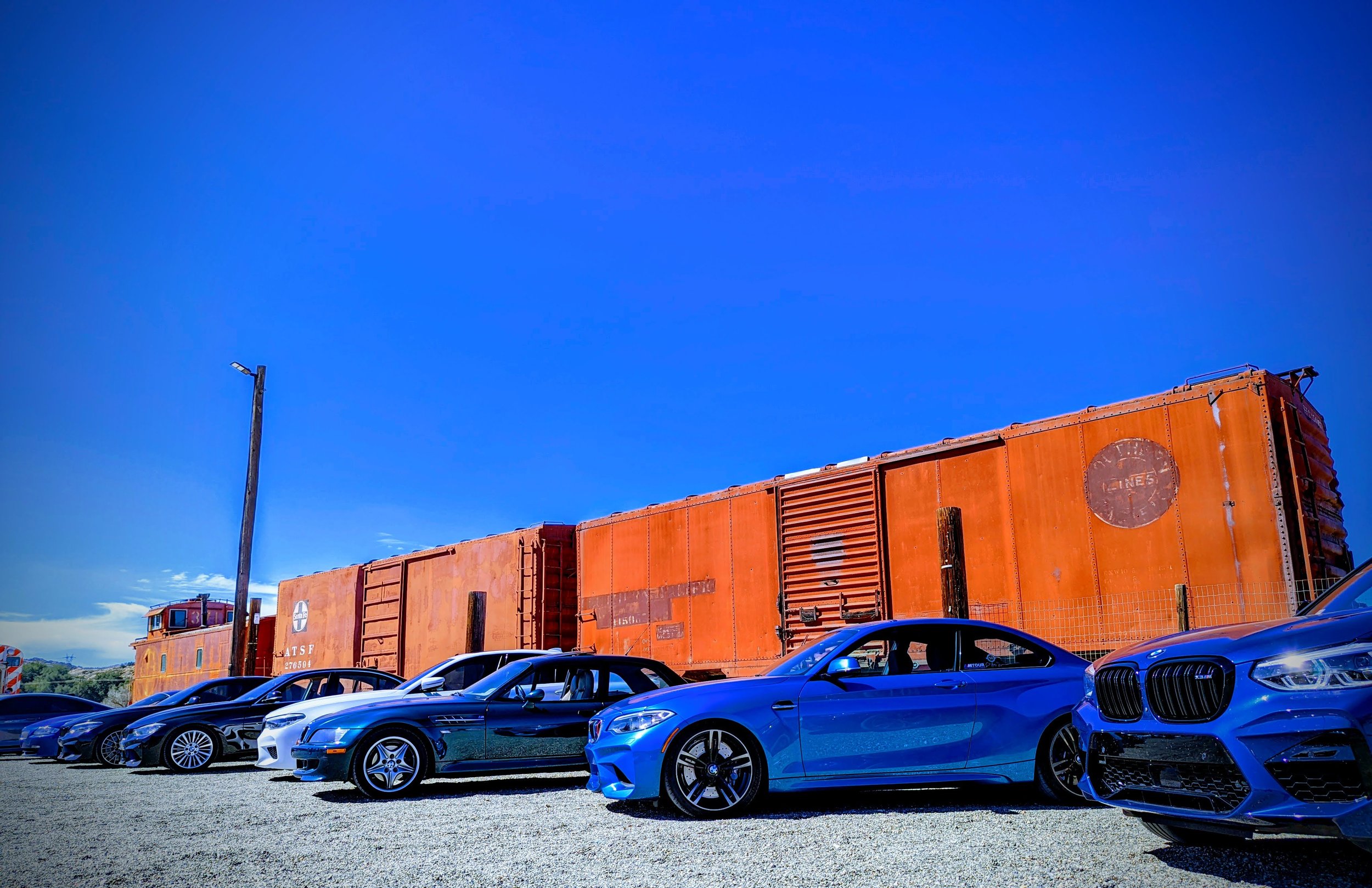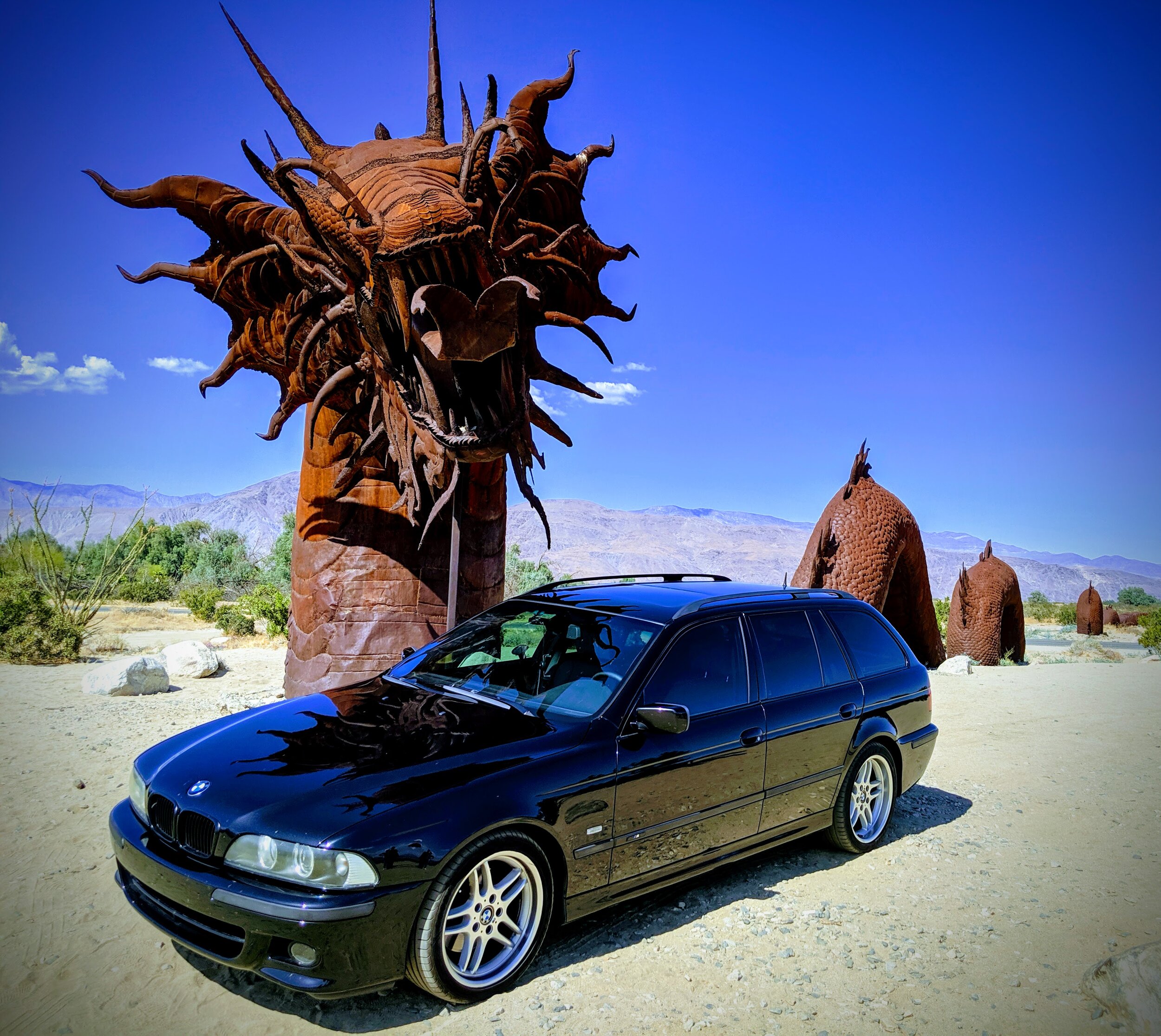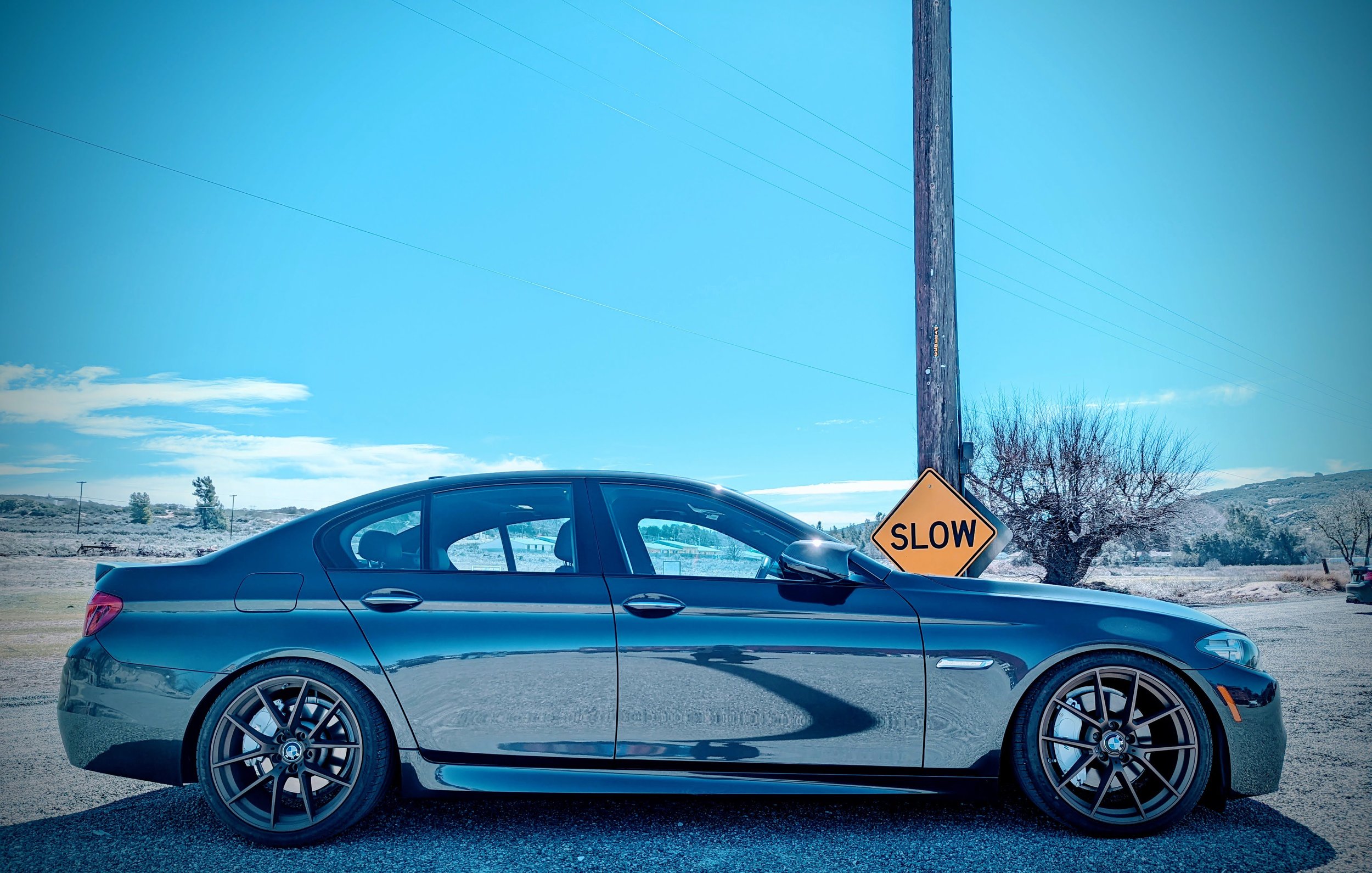Our chapter featured in a video for BMW NA's Hofmeister Kink website!
/by Matt Gage
Scroll down to watch the video!
Since I took the reigns from Jim Lloyd in late 2018, I’ve been the main driver (heh) of our chapter’s Tours. You know, those spirited drives along the back-country roads of San Diego. These half-day drives focus on the unique roads that San Diego county has to offer and is one of our chapter’s more popular events.
In the sixteen tours I’ve done since then, one uniquely stands out. Dan Tackett, who I collaborate with and is the architect of many of our tours, messaged me in August of 2022 about a unique website just released from BMW North America and created by IPG advertising agency called Drive the Hofmeister Kink.
If you don’t know, I know I didn’t at the time, a Hofmeister Kink is “an automotive design feature consisting of a rearward/forward angle near the base of the rearmost pillar”, named after Wilhelm Hofmeister, who was BMW's design chief from 1955 to 1970 (wikipedia). The website BMW built uses AI to scan the roads in the United States looking for turns in the shape of the Hofmeister Kink. Dan suggested that we do a “themed” tour using the app to help select the route for the next tour. So we did just that. We used the website to find some Hofmeister Kinks in the San Diego area and designed a tour around them taking us from Valley Center to Borrego Springs. We called it our Hofmeister Kink Tour and we were set to run it in November 2022.
Just a few days before the tour, the craziness started.
The ad agency that came up with the awesome idea for the Hofmeister Kink site for BMW of North America, Performance Art, stumbled upon our Tour promotion on social media. Closely coordinating with them and BMW NA, the agency flew a producer/director and a creative director out on short notice and assembled a cinematography team from Flyby Photography who met us on the day of the tour near Harrah's Resort, the starting location of our Tour. Armed with drones and mounted cameras, the team followed us through the backroads filming everything as all of us chapter members in the group did our best to accommodate them.
What was the goal? To exemplify how fun and cool the Drive the Hofmeister Kink website is. Since that day, we’ve been anxiously awaiting to see the cut of the footage. I’m happy to announce, we finally have the video below!
